-
 Canada
Canada
Canada shares the world’s longest international border with the United States and is a top market for U.S. rice. Canada does not produce any rice. It grows wild rice, which is not a true rice, but the seed of an aquatic grass. The majority of rice on store shelves that is consumed in Canada is grown in the U.S. Essentially, U.S.-grown rice is as local as it gets for Canadians.
-
Central America
-
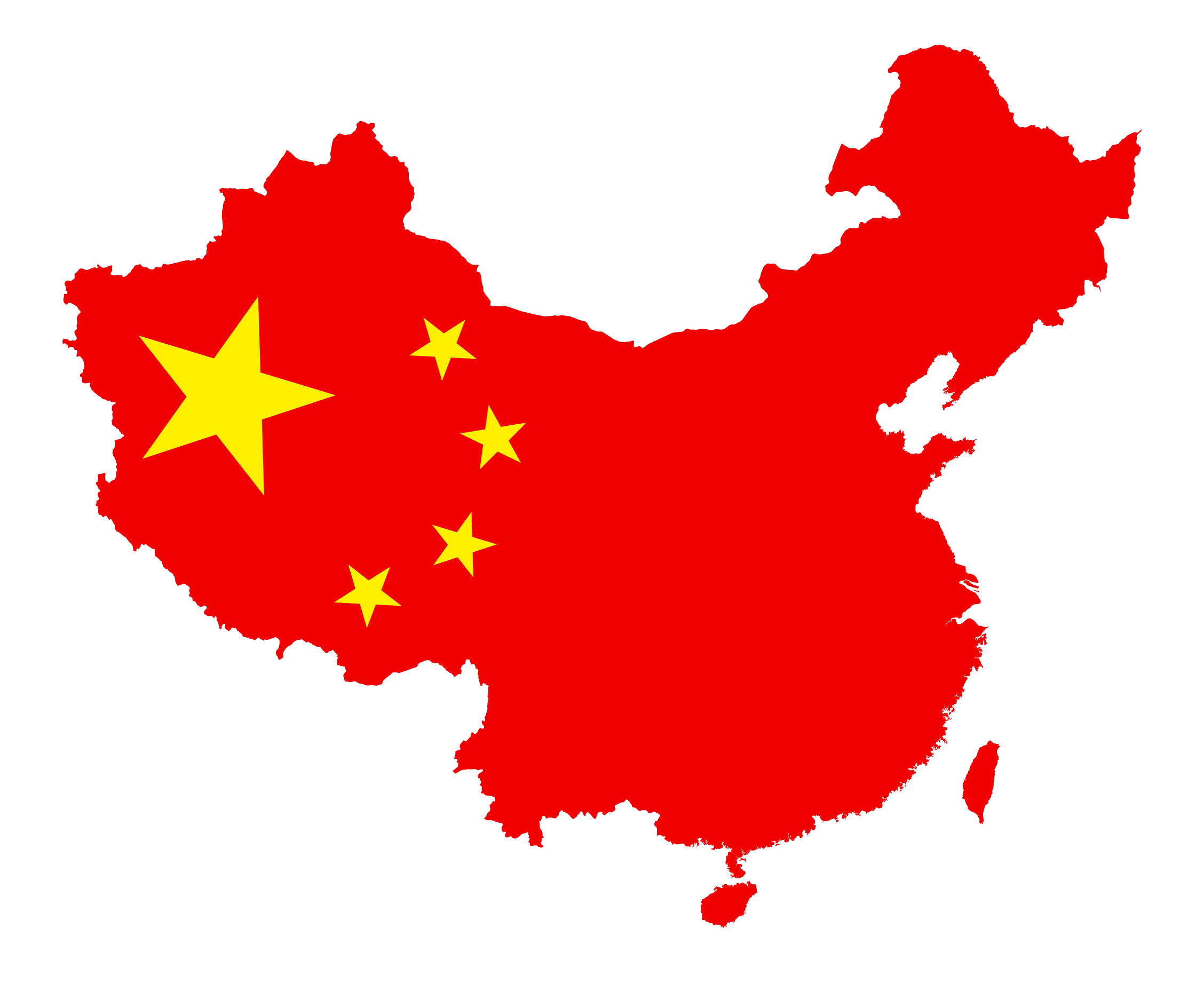 China
China
“Have you eaten rice yet?” is a common Chinese expression used as a way to say hello. Per capita rice consumption in China is estimated at 221 pounds per year, nearly 10 times U.S. per capita consumption and one of the highest in the world. China is the largest importer of rice, bringing in over 5 million tons annually. The U.S. rice industry has been working for over a decade to gain access to the Chinese market and while progress has been made, we are not yet to the finish line.
-
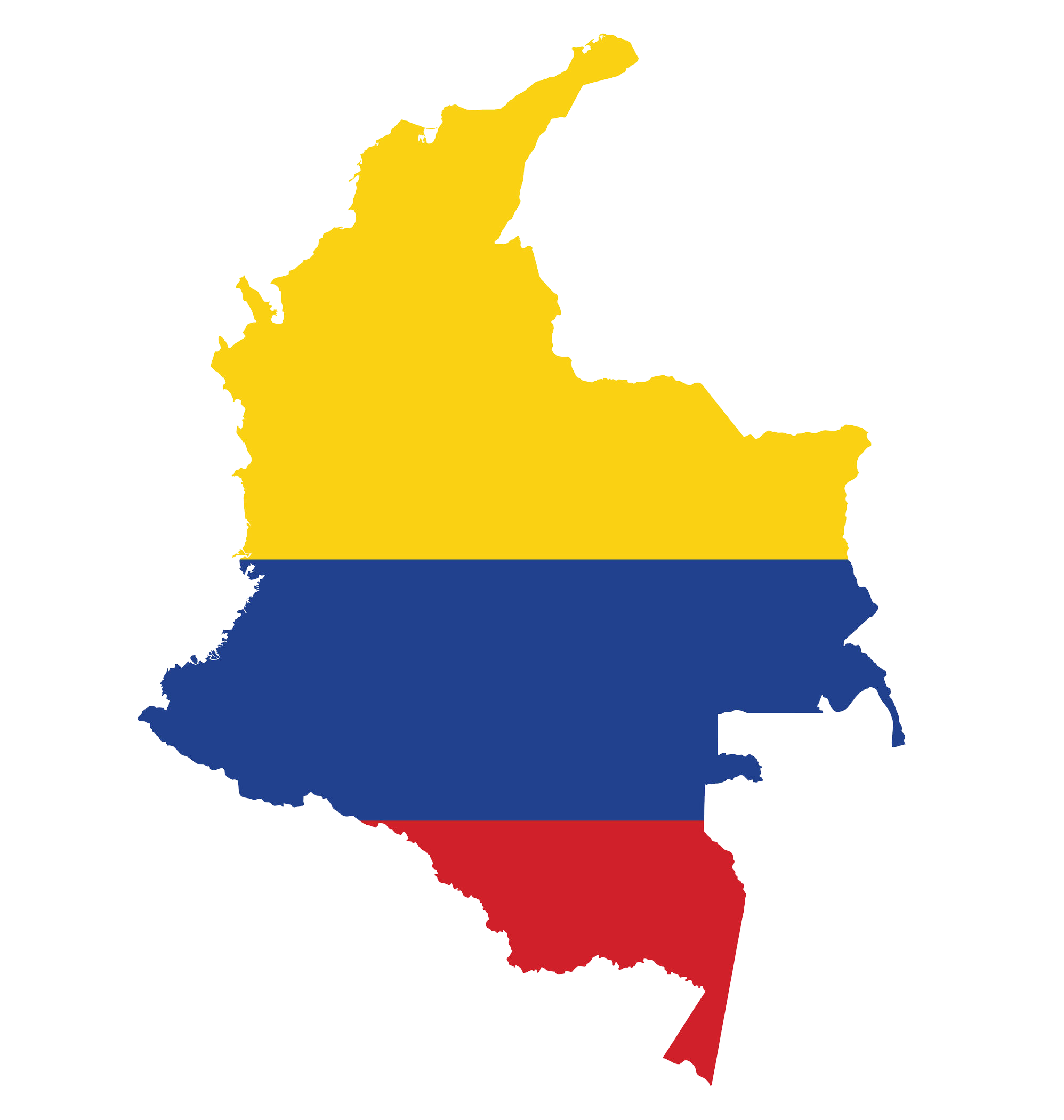 Colombia
Colombia
Rice is a staple in Colombia whose 50 million people have a high domestic consumption level of more than 1.6 million tons per year. Traditional dishes such as Bandeja Paisa (white rice, red beans, ground beef, plantain, sausage, fried pork skin, corn patty, avocado, and a fried egg) can be found on the table year-round.
-
 Cuba
Cuba
Cuba is a small Caribbean island 93 miles south of Key West, Florida with a population of over 11 million. Once the number one export market for U.S. rice, exports evaporated when the U.S. imposed an embargo against Cuba. Given their large consumption of rice at 190 lbs per capita annually, Cuba remains a large consumer of rice and will be a top market for U.S. rice once again.
-
Ghana
-
 Haiti
Haiti
Haiti is a beautiful mountainous country that makes up the Western third of the island once known as Hispaniola, sharing a border with the Dominican Republic. Haitians prefer to eat rice on a daily basis, consuming about 115 lbs annually per capita.
-
 Hong Kong
Hong Kong
Hong Kong produces no rice yet eats nearly 100 pounds per capita annually and thus is dependent upon imports. Hong Kong is a truly open market (like the U.S.!) with no quantitative or qualitative restrictions and no tariffs on imported rice.
-
Iraq
-
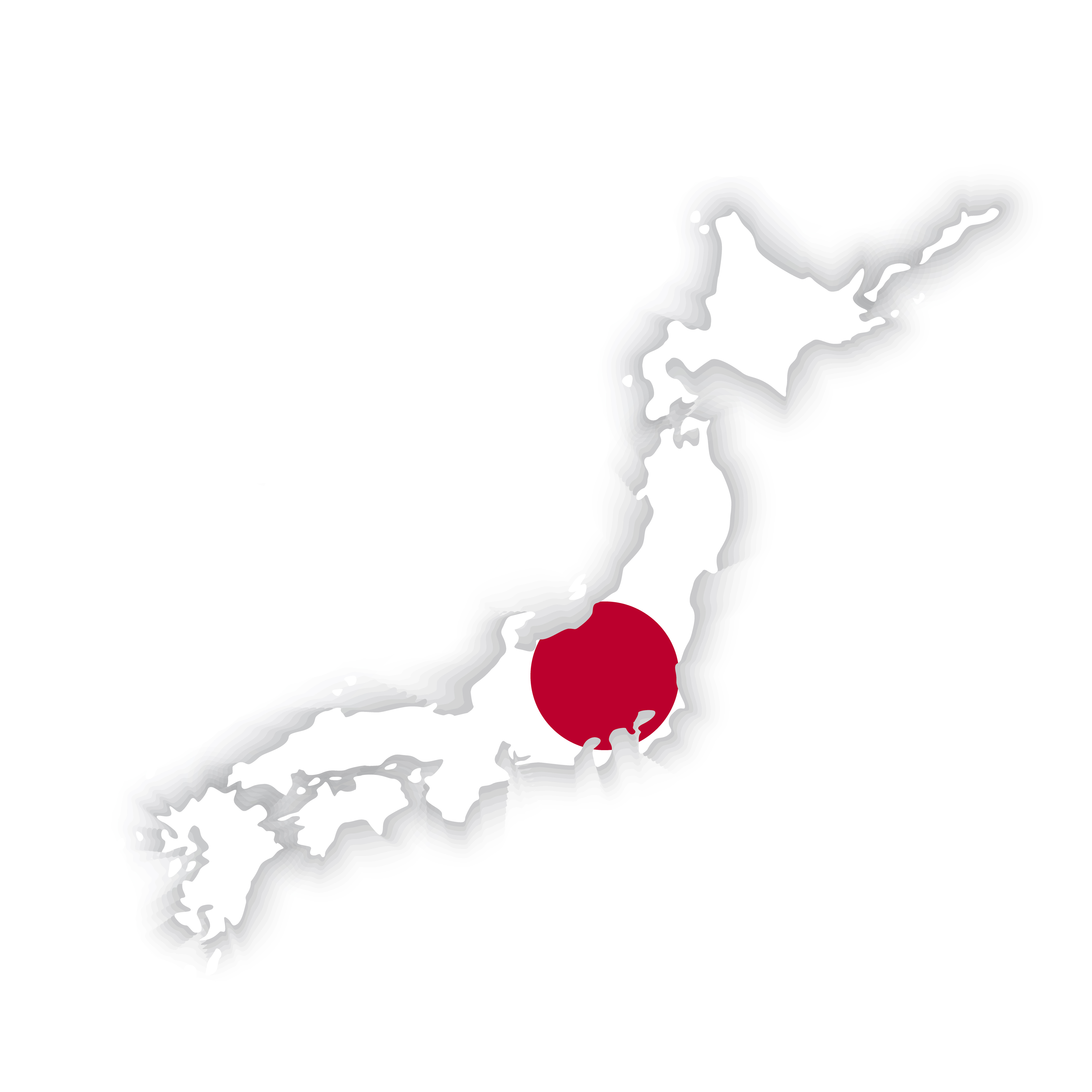 Japan
Japan
Japan is the United States’ second largest milled rice export market in terms of volume and first in terms of value. Many rice farmers in California grow varieties such as Koshihikari, Akitakomachi or sweet rice specifically for the Japanese market though the majority of imports are Calrose. Japan has recently subsidized super premium quality rice and rice for feed use for domestic Japanese farmers, resulting in an insufficient supply of reasonably priced rice favored by the foodservice industry. This provides a large opportunity for imported rice, such as U.S. rice.
-
 Jordan
Jordan
Jordan is the largest single Arab market for U.S. medium grain rice exports and continues to be a growth market. Jordan is one of the four driest countries in the world, making the country heavily reliant on food imports including rice. Rice is a staple and the average yearly consumption is estimated at 53 lbs. per capita, yet the country produces no rice. The most popular national dish, mansaff, uses U.S. medium grain rice.
-
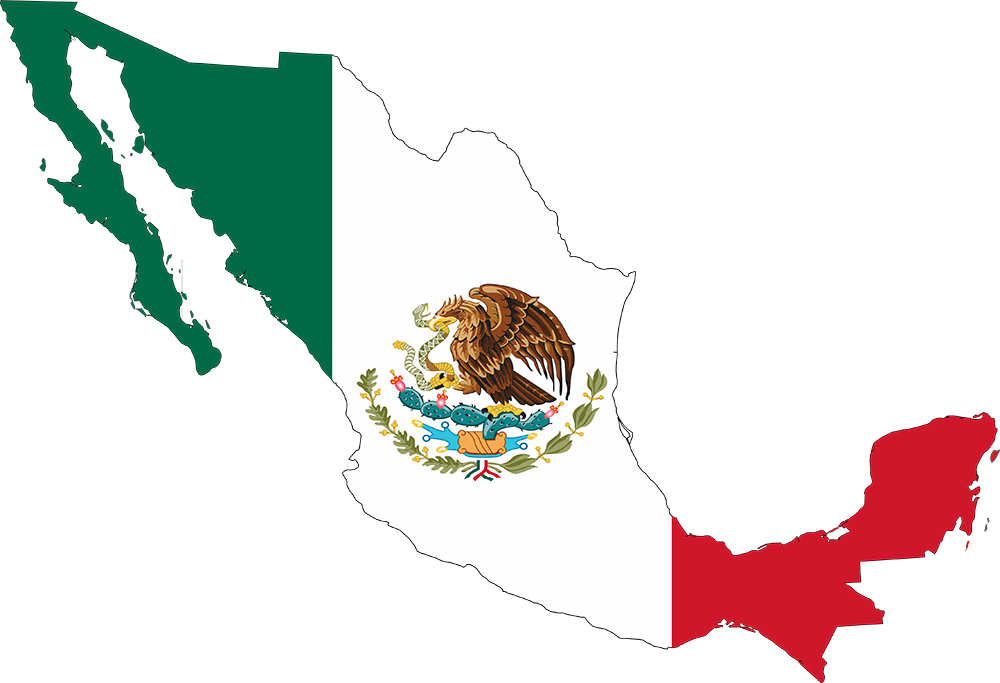 Mexico
Mexico
Mexico is the largest export market for U.S. rice and has been for years. In 1994 they entered into the North American Free Trade Agreement with Canada and the United States. Since then Mexico’s economy has grown exponentially. The country currently manages a $2.4 trillion economy, which is 11th largest in the world. Mexico’s population of nearly 125 million people is a critical component of U.S. trade.
-
 Saudi Arabia
Saudi Arabia
Rice is the main dish in Saudi Arabia and is usually served twice daily. Saudi Arabia is the Middle East’s second largest importer of long grain rice; they do not produce rice and thus depend entirely on imports. Rice is imported freely by private companies, with zero import duty and no import subsidies.
-
Singapore
-
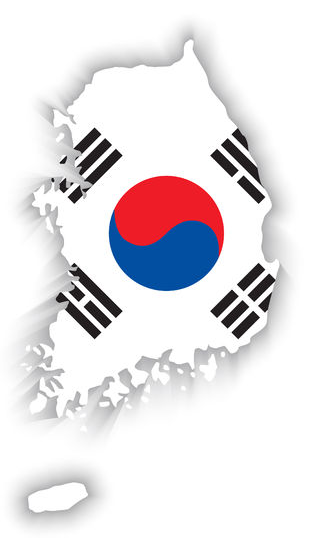 South Korea
South Korea
South Korea is a country of 51 million and is the second largest market for U.S. rice in Asia. Per capita consumption is estimated at 136 pounds per year but is declining. South Korea imported 152,000 MT of U.S. rice in 2017.
-
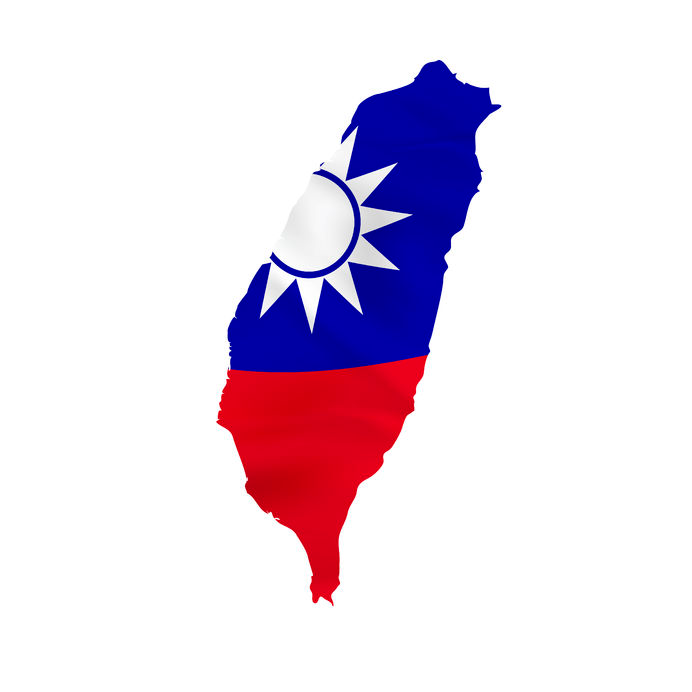 Taiwan
Taiwan
Taiwan has a population of 23.5 million and per capita rice consumption is estimated at 97.9 pounds per year. The U.S. is the largest rice supplier to Taiwan, accounting for about half of their imports. Taiwan has in recent years imported U.S. Calrose, Southern medium grain, long grain and glutinous rice from the U.S.
-
 Turkey
Turkey
Turkey grows rice; however, it is not enough to satisfy domestic demand which has been increasing over the past several years. Recently, there has been a good deal of uncertainty in the market due to the tense political and economic situation which has led to the rapid depreciation of the Turkish Lira against foreign currencies and an increase in interest rates.
-
 United Kingdom
United Kingdom
The United Kingdom is the single largest market for U.S. rice sales in the European Union, mostly importing U.S. long grain rice, as well as some medium grain rice for sushi. In 2017, the UK imported 678,000 MT of rice, with India being the largest single supplier, mostly Basmati rice. The USA is the eighth largest exporter with a 4 percent market share.
-
West Bank
Recent News
 Best in show for culinary skills
Best in show for culinary skills
Sep 27, 2018
CROWLEY, LA -- National Rice Month was celebrated all across Louisiana this September, and this past week, there was something for everyone, both young and young at heart.
The Cal Cam Rice Growers Association and the Port of Lake Charles hosted the 21st Annual Louisiana Rice Cook Off where 15 area middle and high school students competed in several categories for the top prize. The student chefs and their teachers also toured the Port of Lake Charles facilities and walked through one of the large warehouses where milled rice set for delivery to Iraq was stacked as far as the eye could see. Participants received gift bags from the Cal-Cam Rice Growers Association and USA Rice, and brand new rice cookers from Farmers Rice Mill in Lake Charles.
Rice donations are a big part of NRM in Louisiana and Julie and Christian Richard, of Richard Farms from Indian Bayou, started things off by donating 4,000 pounds of rice to the Kaplan Food Bank, delivered with the help of Kaplan High School FFA students and Farmers Rice Mill.
Donations continued with the 28th Annual LA Rice Industry’s National Rice Month/Hunger Awareness Month celebration here on Monday. The City of Crowley rolled out the red carpet for this year’s event, held in front of the historic Rice Theatre, where the landmark marquee read, “Celebrate 2018 National Rice Month.”
State Representatives Mark Abraham and Johnny Guinn were on hand, along with other local dignitaries, to hear Congressman Clay Higgins present the proclamation of September as Rice Month in Louisiana to the crowd gathered in front of the theater.
The LA Rice Growers Association, and the mills of south Louisiana presented Second Harvest Food Bank of Acadiana and the Louisiana Food Bank Association with 55,000 pounds of rice. Along with Falcon Rice Mills’ matching program for Second Harvest, contributors included Farmers Rice Mill, Supreme Rice Mill, and Planters Rice Mill.
“The best thing we can have on our shelves is white rice,” said Second Harvest COO John Dziurgot.
Celebrations continued the following day, in West Monroe, where the NELA Rice Growers Association, and Kennedy Rice Mill of Mer Rouge, presented the NELA Food Bank with a donation of 47,000 pounds of rice in an event at the West Monroe Farmer’s Market.
Jean Toth, CEO of the NELA Food Bank, thanked the growers and Kennedy Rice Mill representatives on hand for their generosity and support. “This will go a long way with the holiday season approaching, and rice is one of the most nutritious and popular items we can provide to those families in need.”
State Senator Francis Thompson read the Governor’s NRM Proclamation, and John Owen, chair of the Louisiana Rice Promotion Board made the official rice at donation at both events.
“The more than 100,000 pounds of rice donated over these past few days, providing 1.6 million portions of rice to Louisiana families, makes me proud of this industry, and I invite all Louisiana citizens to celebrate this month,” said Owen.